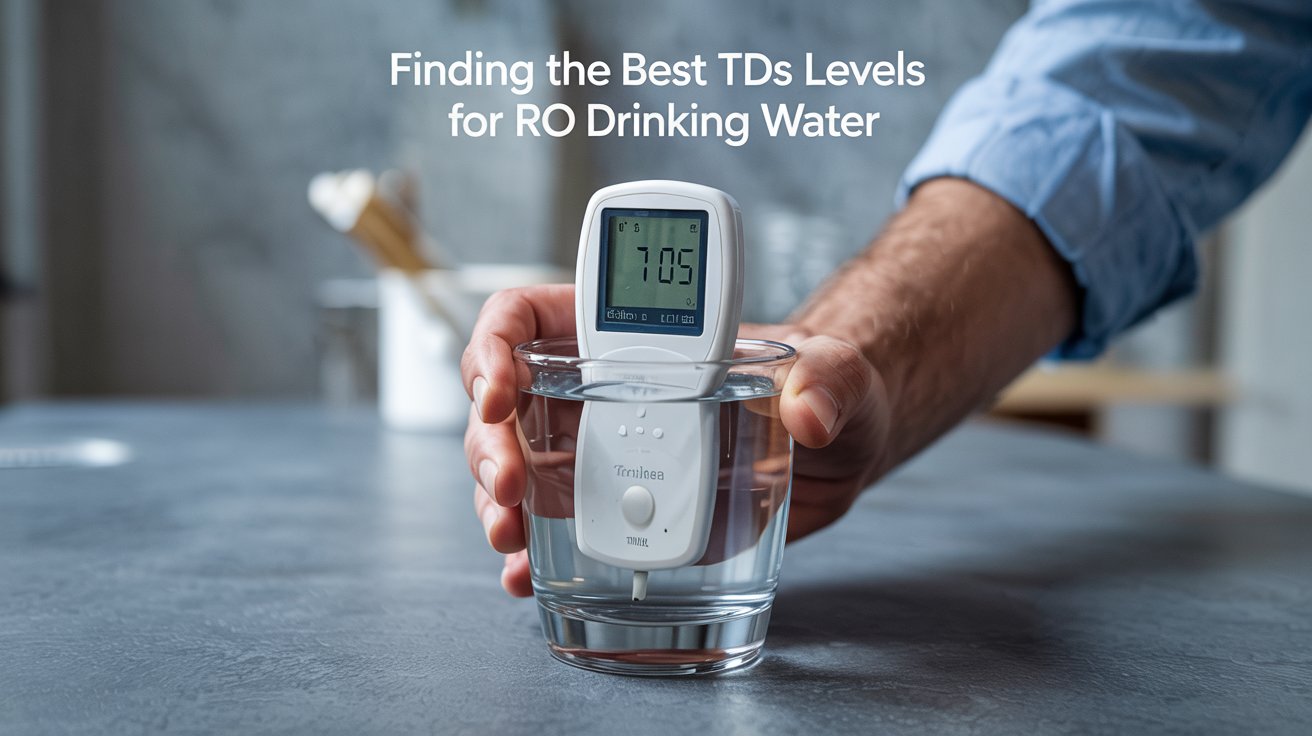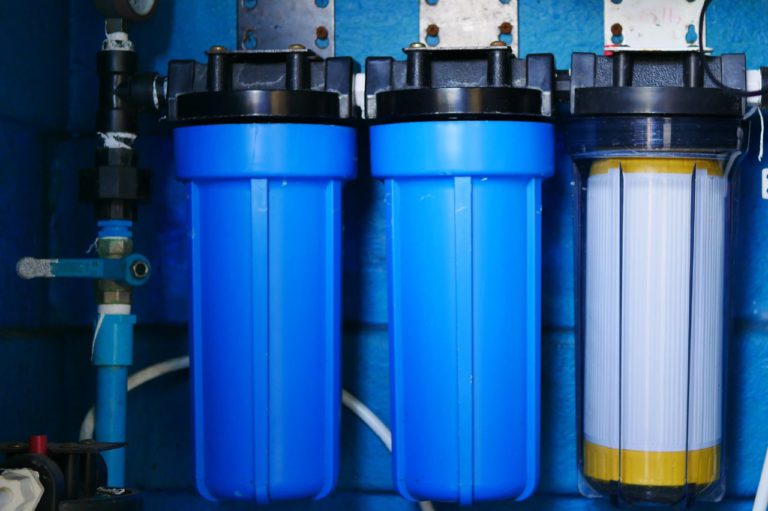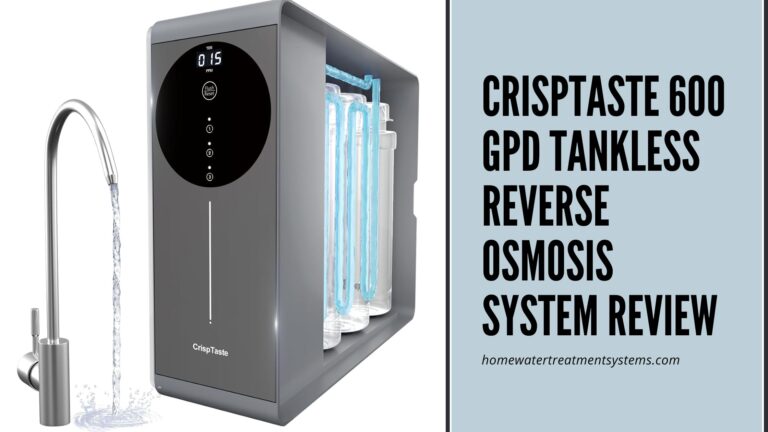Finding the Best TDS Levels for RO Drinking Water
Are you aware of what’s in your drinking water and how it affects your health? It’s a nuanced topic, particularly when discussing the TDS (Total Dissolved Solids) levels in Reverse Osmosis (RO) drinking water. This article aims to shed light on the ideal TDS levels in RO water, ensuring you’re equipped with all the insights you need to make informed decisions about your water consumption.
How is TDS Measured?
TDS is measured in parts per million (ppm) or milligrams per liter (mg/L). A TDS meter or digital tester is generally used to measure the concentration of dissolved solids in a water sample. The meters work by measuring the electrical conductivity of the water, which is directly proportional to the concentration of dissolved solids.
The Role of TDS in Drinking Water
Why is TDS Important?
TDS is an important metric because it affects both the taste and safety of your drinking water. High levels of TDS can give water a bitter, salty, or even metallic taste. Moreover, some dissolved compounds, like certain metals and minerals at higher concentrations, could pose health risks.
Ideal TDS Levels for Drinking Water
According to the World Health Organization (WHO) and other health authorities, the ideal TDS level for drinking water is typically between 50 to 150 ppm. This range ensures that the water is not only free from potentially harmful levels of contaminants but also contains essential minerals that are beneficial to health.

What is Reverse Osmosis (RO)?
How Does RO Work?
Reverse Osmosis is a water purification process that uses a semipermeable membrane to remove ions, molecules, and larger particles from drinking water. RO works by forcing water through a specialized membrane that filters out impurities along with many dissolved solids, resulting in cleaner, safer drinking water.
Benefits of RO Systems
RO systems are renowned for their ability to improve water quality significantly. They effectively remove lead, nitrates, and other harmful contaminants from your water supply. This filtration system is often considered one of the most efficient methods to purify drinking water, leading to a healthier lifestyle.
TDS Levels and RO Water
What TDS Levels to Expect in RO Water
The TDS levels in RO water can vary depending on the original composition of your source water and the efficiency of your RO system. Typically, RO systems reduce the TDS levels of tap water by about 90%. For example, if your tap water has a TDS level of 300 ppm, the RO system may reduce it to around 30 ppm.
Is Lower TDS Always Better?
While it might seem like lower TDS levels in water would always be preferable, that’s not always the case. Extremely low TDS levels can result in water that is “flat” or less palatable due to the lack of dissolved salts and minerals. Moreover, water with a very low TDS might lack essential minerals that our bodies need.
Finding the Best TDS Level for Your RO System
Consider Your Health Needs
Your personal health needs and preferences play a crucial role in determining the best TDS level for your RO drinking water. If you rely on your drinking water as a primary source of certain minerals, you might want slightly higher TDS levels, provided they are within the safe range.
Setting the Ideal TDS Range
You can often adjust your RO system to ensure the TDS level suits your needs. Some systems have a TDS control valve that allows you to mix filtered water with a certain percentage of unfiltered water to increase the TDS level. Ideally, aim for a TDS level that maintains beneficial mineral content while minimizing potential contaminants.
| Source Water TDS Level | Expected RO Water TDS Level |
|---|---|
| 100 ppm | 10 ppm |
| 200 ppm | 20 ppm |
| 300 ppm | 30 ppm |
Understanding the Impact of High TDS
Taste and Aesthetic Concerns
High TDS levels can alter the taste of water, making it unpleasant to drink. In addition to affecting taste, water with high TDS can lead to scaling in pipes, reducing the efficiency of appliances like kettles and dishwashers.
Health Implications
While some minerals in TDS are beneficial, high concentrations of specific solids like lead, arsenic, or nitrates can be detrimental to your health. High TDS can also indicate the presence of harmful metals or chemicals, underscoring the importance of monitoring and controlling TDS levels in your drinking water.
Navigating Low TDS Levels
Taste and Nutrition Concerns
Water with a TDS level that is too low might taste “flat” or bland, lacking the natural flavor imparted by minerals. More critically, low TDS levels could mean a shortage of beneficial minerals like calcium and magnesium, which play vital roles in maintaining your health.
Balancing TDS for Taste and Health
The challenge lies in finding a balance where the water tastes pleasant and offers some nutritional value without compromising on safety. Utilize remineralization filters that are compatible with many RO systems if you find that your water’s TDS level is too low and devoid of essential nutrients.

Steps to Achieve Ideal TDS Levels
Regular Monitoring
Ensure regular monitoring of your water’s TDS levels using a reliable TDS meter. This helps in adjusting your RO system settings and maintaining appropriate TDS levels for optimal water quality.
Maintaining Your RO System
Regular maintenance of your RO system is crucial. Change the filters and membranes as needed to keep the system operating efficiently, which in turn helps maintain consistent and desirable TDS levels in your drinking water.
Consider Upgrades or Enhancements
If you’re unsatisfied with your current TDS levels, consider upgrading your system or adding features like a remineralization filter. These enhancements can adjust TDS levels by adding back essential minerals without pushing the levels into potentially harmful ranges.
Conclusion
Understanding and maintaining the right TDS levels in your RO drinking water is crucial for ensuring both safety and taste. By finding a balance between too high and too low TDS levels, you can enjoy clean, healthy water that meets your personal preferences and health needs. Make use of RO systems effectively by monitoring their performance and adjusting them as necessary, ensuring you access the freshest and most beneficial water possible.







